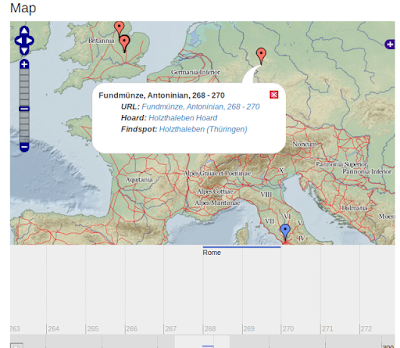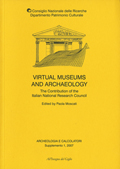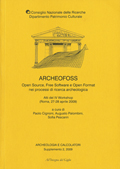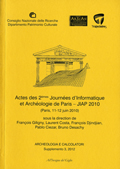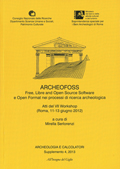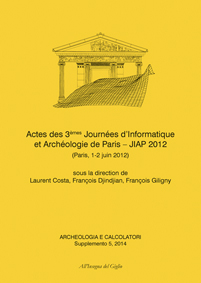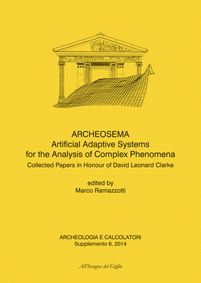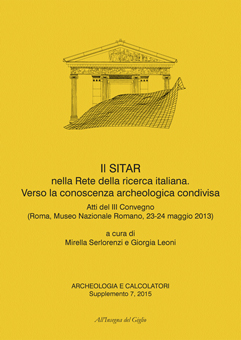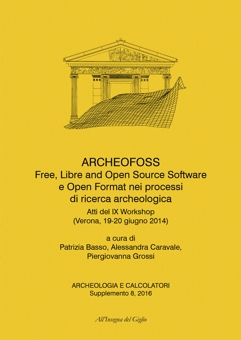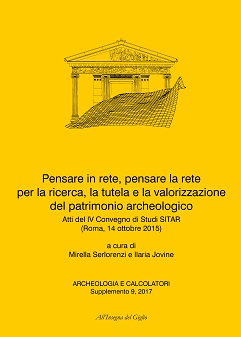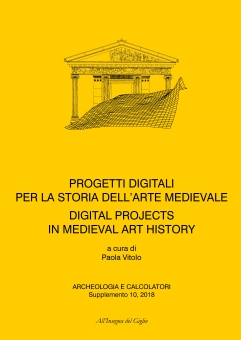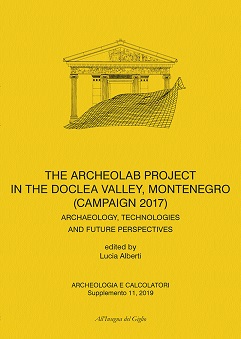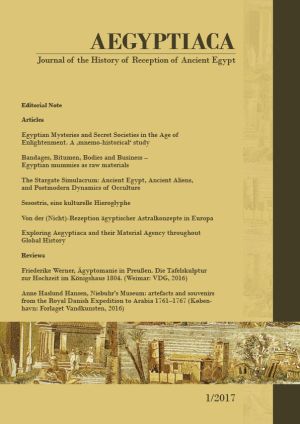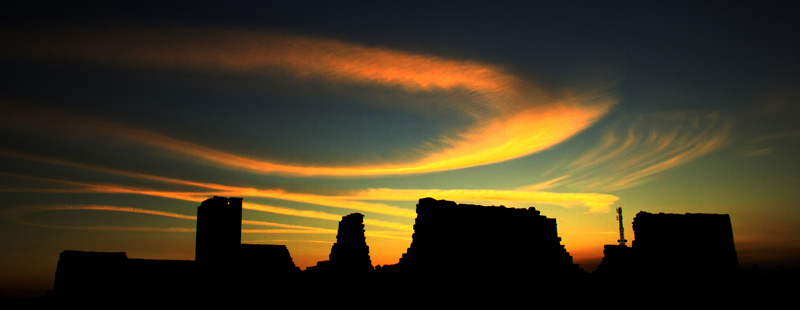KENOM Updates in Nomisma.org Projects
The State Museum of Prehistory Halle (Landesmuseum für Vorgeschichte Halle) is the latest partner to join the Nomisma.org Linked Open Data cloud through the KENOM portal of German civic museums. Over 300 coins have been added to OCRE and CRRO from the State Museum of Prehistory Halle. In total, KENOM has made more than 10,000 coins available into the Nomisma numismatic ecosystem, for every type corpus project published by the American Numismatic Society--including Art of Devastation, to which no one besides the American Numismatic Society has contributed. There are 19 coins from two KENOM-affiliated museums made accessible through Art of Devastation.
The Holzthaleben Hoard in the distribution of RIC Claudius Gothicus 18.
The script that harvests LIDO XML from KENOM's OAI-PMH web service has been updated to make use of findspot metadata. About 150 coins are linked to Geonames URIs as single finds and another 100 are linked to two hoard URIs published by KENOM. These will ultimately link to the Oxford Coin Hoards of the Roman Empire project. The hoards are Schwabhausen and Holzthaleben.
